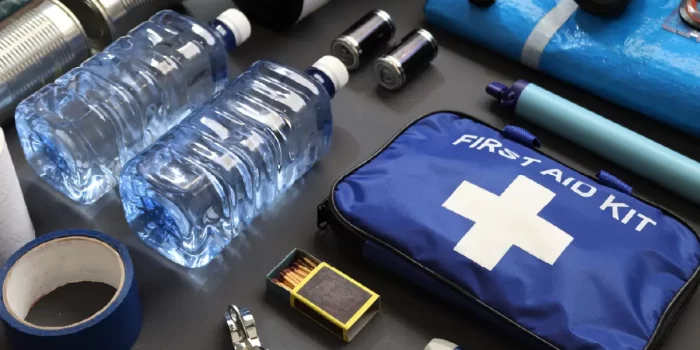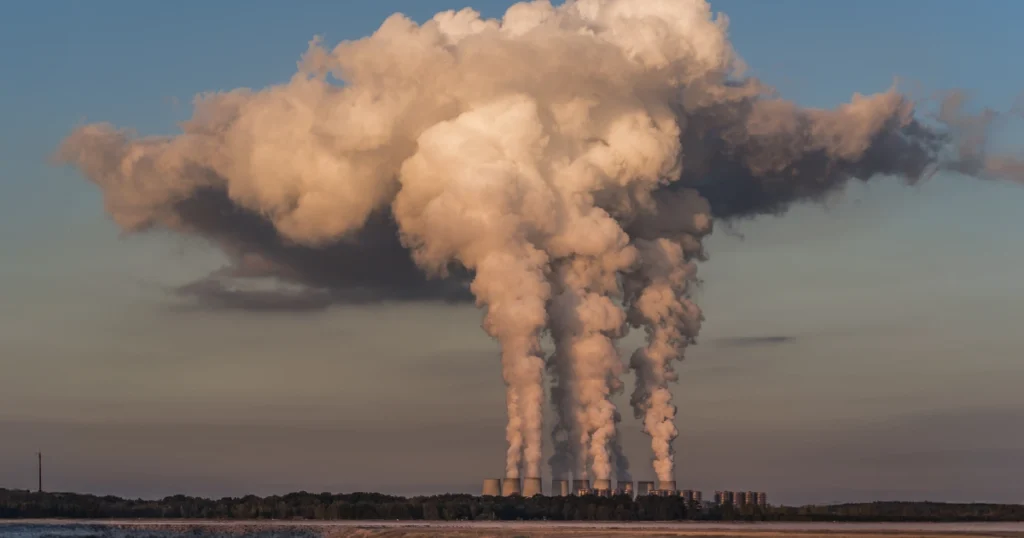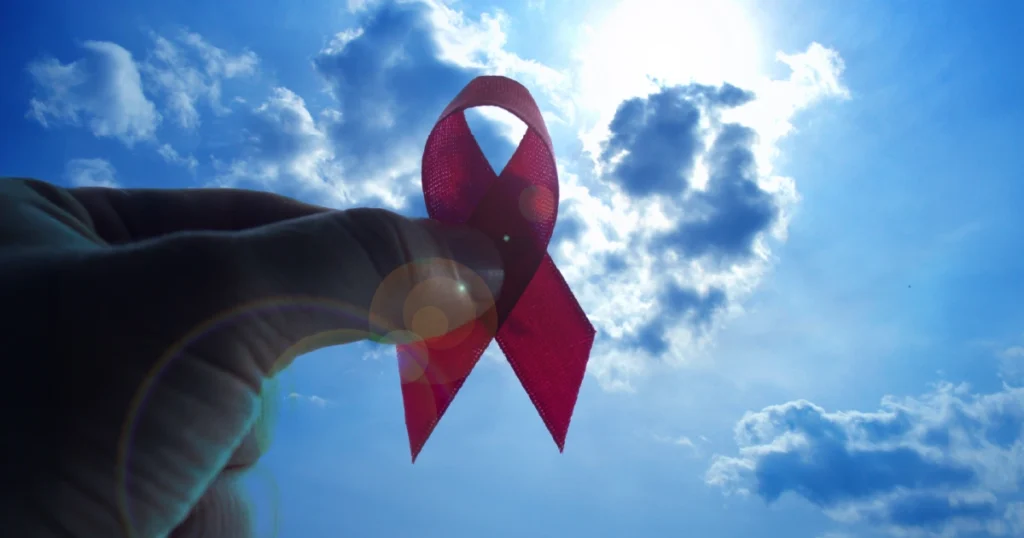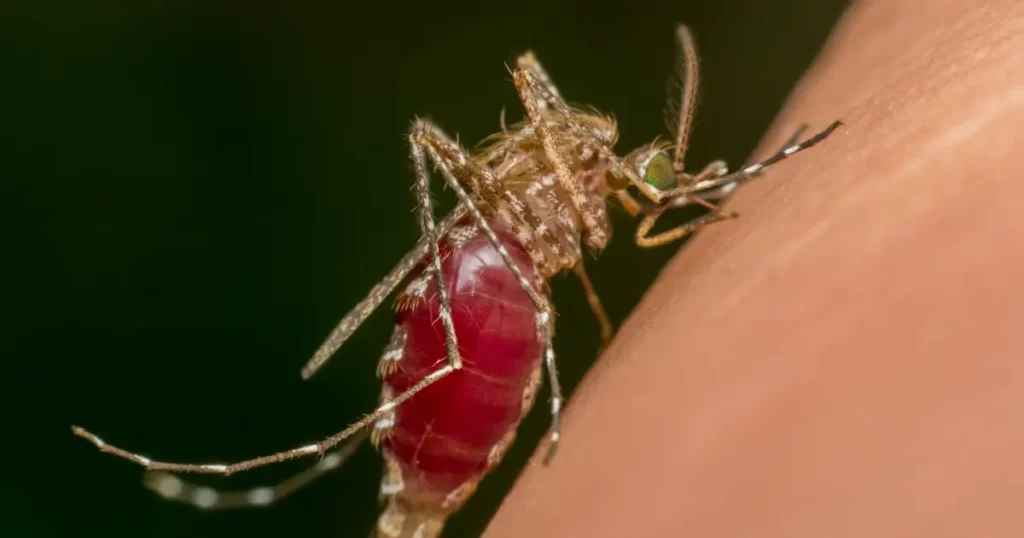Introduction
As we approach the peak of the natural disaster season, preparing for emergencies like floods, hurricanes, drought, heatwaves, and wildfires is more important than ever. Natural Disaster Preparedness can save lives, minimize property damage, and ensure access to essential resources. In this guide, we will outline crucial steps for individuals, families, and communities to stay safe.
Members-Only Content
You're viewing a members-only article.
To keep reading, please log in or join the One Health Society.
Stay connected to exclusive insights, expert commentary, and opportunities to collaborate across the fields of human, animal, and environmental health.
Already a member? Log In
New here? Join the One Health Society - become One
You're viewing a members-only article.
To keep reading, please log in or join the One Health Society.
Stay connected to exclusive insights, expert commentary, and opportunities to collaborate across the fields of human, animal, and environmental health.
Already a member? Log In
New here? Join the One Health Society - become One
Essential Supplies for Emergency Readiness
To effectively prepare for a disaster, ensure you have the following:
- Water: One gallon per person per day for at least three days.
- Non-perishable food: A minimum three-day supply.
- Medications: A 7- to 10-day supply along with prescriptions.
- First-aid kit: Bandages, antiseptic, pain relievers, and a thermometer.
- Flashlights & extra batteries: Avoid candles due to fire hazards.
- Battery-powered or hand-crank radio: Stay informed during power outages.
- Charged mobile phones & portable chargers: Backup power sources for communication.
- Important documents: Birth certificates, insurance policies, and medical records in a waterproof container.
- Clothing and blankets: Sturdy clothing and sleeping essentials.
- Hygiene items: Hand sanitizer, masks, and moist towelettes.
- Emergency cash: ATMs may be unavailable during disasters.
- Multi-tool & manual can opener: Useful for food access and repairs.
- Fire extinguisher: Critical for fire safety.
- Local maps: Help with navigation if digital systems fail.
- Specialty items: Diapers, pet food, and leashes as needed.
Disaster-Specific Safety Measures
Floods
- Know your evacuation routes.
- Avoid walking or driving through floodwaters.
- Elevate electronics and valuable items.
- Use sandbags if necessary.
Hurricanes
- Secure a hurricane preparedness kit.
- Reinforce windows and doors.
- Store emergency supplies and remove outdoor hazards.
Drought
- Conserve and store adequate water supplies.
- Stay updated on local water restrictions.
Heatwaves
- Stay hydrated and indoors during peak heat.
- Keep homes cool by closing blinds and using fans or air conditioning.
- Check on vulnerable individuals and pets.
Wildfires
- Maintain a 30-foot defensible space around your home.
- Have an evacuation plan in place.
- Keep N95 masks for smoke protection.
How to Stay Informed During Emergencies
- Emergency Alerts: Subscribe to local alert systems such as the Emergency Alert System (EAS) or Wireless Emergency Alerts (WEA).
- Local Media: Monitor updates via radio and television.
- Social Media: Follow official government and emergency services.
- Community Networks: Engage with local preparedness groups.
Trusted Resources for Disaster Preparedness
- National Weather Service (NWS): Weather alerts and forecasts. www.weather.gov
- Federal Emergency Management Agency (FEMA): Disaster preparedness and response information. www.ready.gov
- Centers for Disease Control and Prevention (CDC): Health-related guidance for disasters. www.cdc.gov
- American Red Cross: Disaster relief and emergency support. www.redcross.org
Final Reminders for Effective Natural Disaster Preparedness
- Be proactive: Advance planning is key to survival.
- Develop an emergency communication plan with designated meeting points and contact methods.
- Practice evacuation drills with family members.
- Assist vulnerable community members in disaster readiness.
For more information, visit your local health department website or contact relevant authorities. By staying informed and prepared, we can collectively reduce risks and enhance resilience in the face of natural disasters













